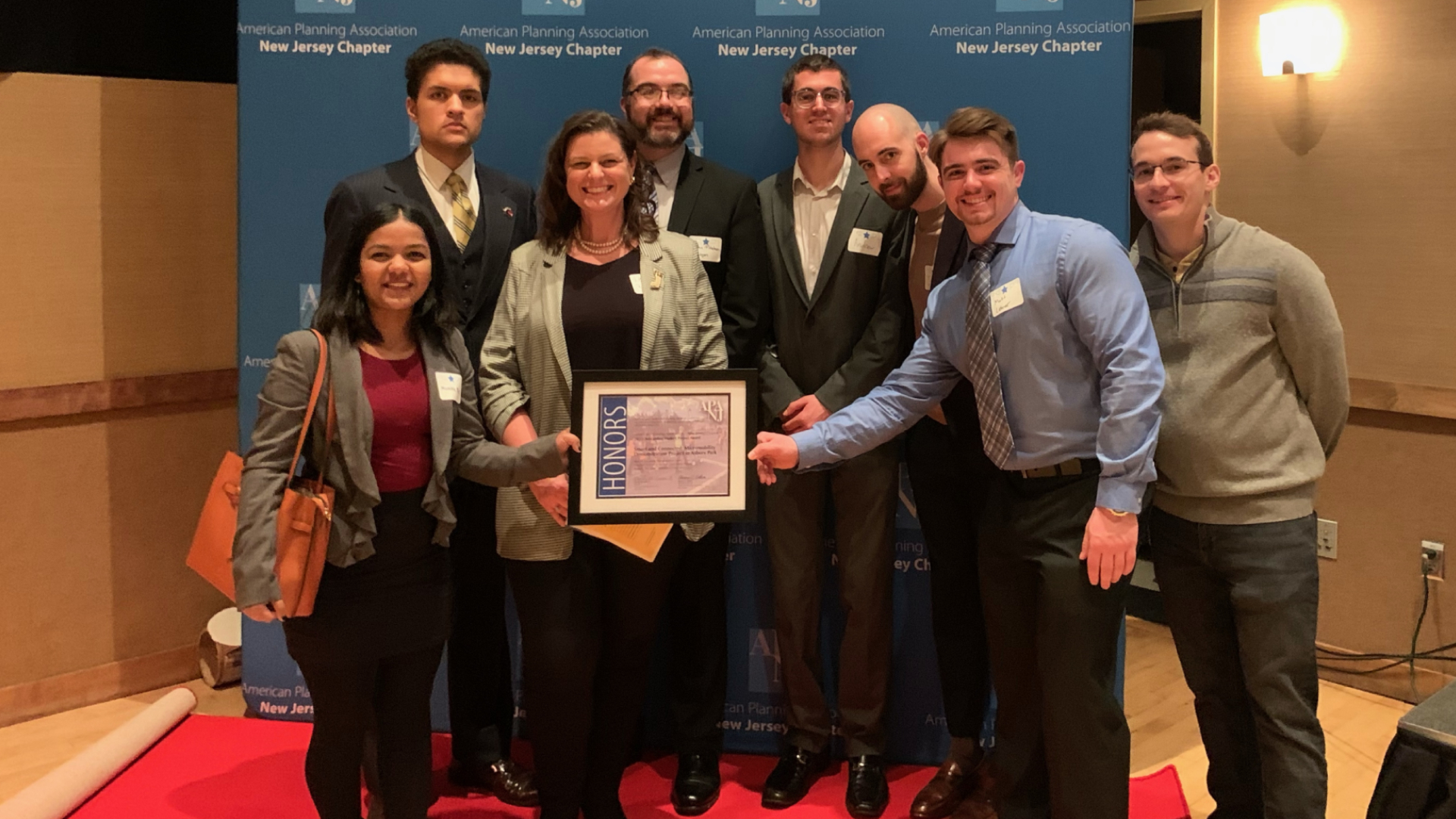A Bloustein School graduate studio project team is the recipient of the 2022 New Jersey Planning Excellence Outstanding Student Project Award for...


A Bloustein School graduate studio project team is the recipient of the 2022 New Jersey Planning Excellence Outstanding Student Project Award for...
Transportation Futures: Policy Scenarios for Achieving Greenhouse Gas Reduction Targets Andrew I. Kay, Robert B. Noland, and Caroline J. Rodier, 56...
NJ Energy Master Plan and Greenhouse Gas Initiative (December 2011)
Energy Consumption and the Commute to Work VTC staff in association with Jeffrey Zupan, 4 pages. A working paper prepared for the Center for Energy,...

An Evaluation of Public-Private Incentives to Reduce Emissions from Regional Ferries Synthesis Report, 15 Pages, July 2005 Technical Memorandum I,...

Penn's Neck Final Environmental Impact Statement Record of Decision 27 Pages, May 2005. Executive Summary 47 Pages. December 2004.
Induced travel elasticities associated with new road capacity are typically estimated for roads of higher functional classifications, such as interstate freeways and principal arterials. These are estimated as “own” elasticities, that is an increase in lane kilometers...
There is a growing perception that e-scooters are more dangerous than bicycles and e-bikes, with towns implementing measures to ban their usage. Yet, there is not much evidence from large scale surveys to substantiate this claim. Nearly 14,000 micromobility injuries...
We compare charging station accessibility for different income groups in the San Francisco Bay Area. Using a microsimulation model, we estimate charging station accessibility under varying battery range scenarios, assuming different income groups have vehicles with...
The New Jersey Micromobility Guide serves as a resource for micromobility users across the state, collecting and summarizing the laws and safety best practices that can make riders safer. Micromobility, which includes e-bikes, e-scooters, and other low-speed devices,...